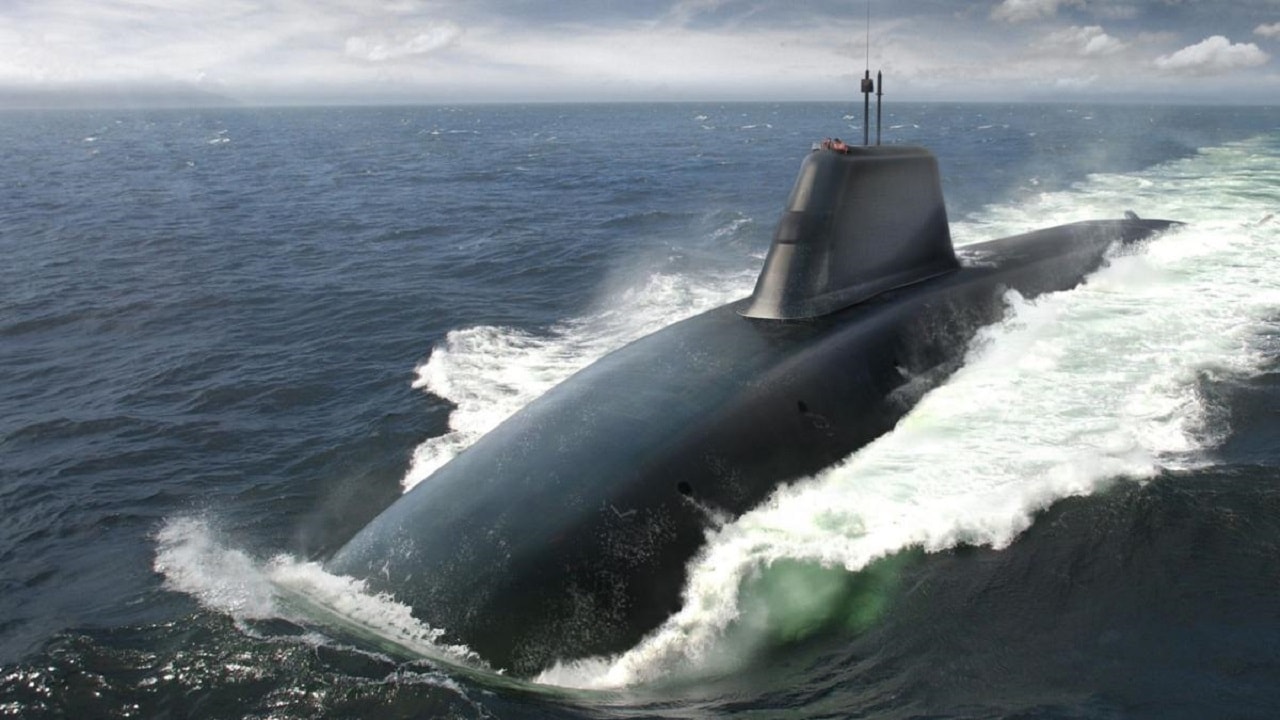The Royal Navy’s Dreadnought Will Maintain Continuous at Sea Deterrence – This week, the Royal Navy unveiled its new £2bn nuclear submarine plan to deter ‘extreme threats,’ including those from Russia. The future Dreadnought-class will be the largest class of submarines ever constructed for the Royal Navy, and each of the four planned boats will be the length of three Olympic swimming pools.
Dreadnought-class: A Game Changer?
The British Ministry of Defence (MoD) has also described the submarines as “one of the most complex machines ever built,” while it will be able to operate in “one of the most hostile environments on the planet.” Each of the submarines will contain 26.4 miles of pipework and more than 20,000 cables spanning a whopping 215 miles in total – enough to stretch from the London to the Welsh city of Cardiff.
“The Dreadnought-class will be crucial to maintaining and safeguarding our national security, with the nuclear deterrent protecting every UK citizen from the most extreme threats every minute of every day,” said Defence Procurement Minister Jeremy Quin. “Designed in the UK, built in the UK and supporting tens of thousands of jobs in the UK, the Dreadnought programme is a leading example of our commitment to defence manufacturing.”
Quin added that the submarine “will continue to boost British industry for decades to come.”
The lead boat, HMS Dreadnought will exit the Barrow-in-Furness shipyard to begin sea trials. All 12 missile tubes for the submarine had been delivered to the BAE Systems Barrow shipyard last December.
The Dreadnought-class is the future replacement for the Vanguard-class of ballistic missile submarines. Like their predecessors, they’ll carry Trident II D-5 missiles and serve as part of the Royal Navy’s continuous at-sea nuclear deterrent force. Each will be equipped with four 21-inch (533mm) torpedo tubes for Spearfish heavyweight torpedoes and 12 ballistic missile tubes for eight to 12 of the Lockheed Trident II SLBMSs – each carrying up to eight warheads.
“The Dreadnought program entering its third major phase is a significant milestone, especially given the serious delays over the COVID-19 period. In this period the first vessel, HMS Dreadnought, is expected to begin sea trials, which will act as a tangible and visible sign of progression,” said Madeline Wild, associate defense analyst at international analytics firm GlobalData.
“Despite ongoing delays, the Navy’s ambiguous claim that the vessel will enter service in the ‘early 2030s’ buys industry partners some time to catch up to previous production schedules,” Wild continued. “Meanwhile, the invasion of Ukraine has destabilized the security situation in Europe, heightening tensions and reigniting fears surrounding Russia’s nuclear capabilities. The Royal Navy’s current fleet of Vanguard-class submarines, responsible for maintaining the UK’s nuclear deterrent, have already seen their end-of-service date pushed back by five year’s increasing the urgency of Dreadnought’s progression. Moreover, in 2020, two Vanguard vessels were out of action needing urgent repairs, demonstrating the difficulties around maintaining the CASD with such an aging fleet.”
The UK and United States Navy have also reinforced their nuclear deterrent elsewhere.
“The U.S. budget request for 2023 included funding for the upgrade of bunkers in the UK to make them capable of holding ‘special weapons’ – namely B61 nuclear bombs,” said Wild. “The mention of UK holding sites is notable, considering the US withdrew the last of its B61s from the UK in 2008. The facility upgrades will provide the US with greater flexibility in the deployment of the B61 around Europe.”
Now a Senior Editor for 1945, Peter Suciu is a Michigan-based writer who has contributed to more than four dozen magazines, newspapers and websites. He regularly writes about military hardware, and is the author of several books on military headgear including A Gallery of Military Headdress, which is available on Amazon.com. Peter is also a Contributing Writer for Forbes.

